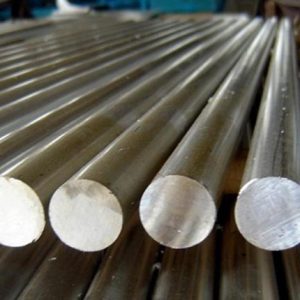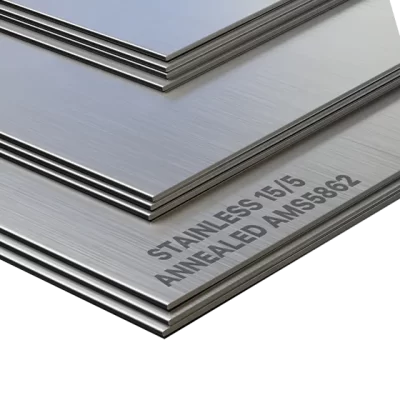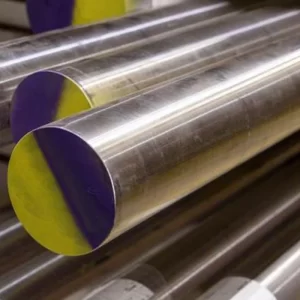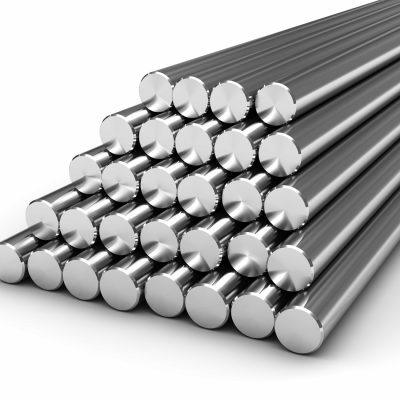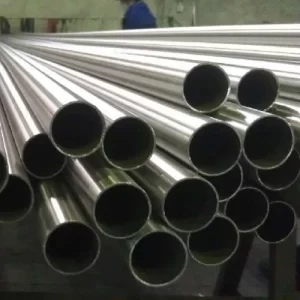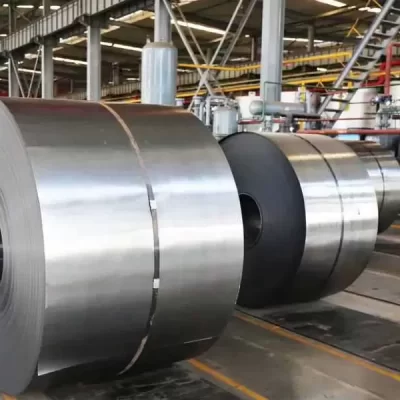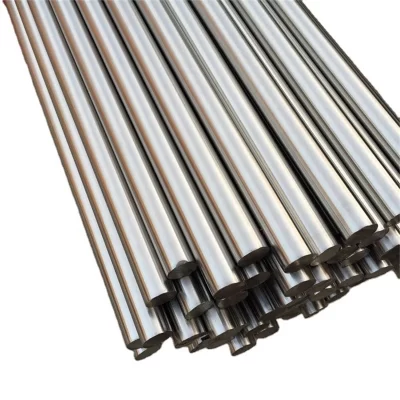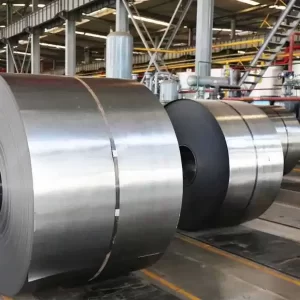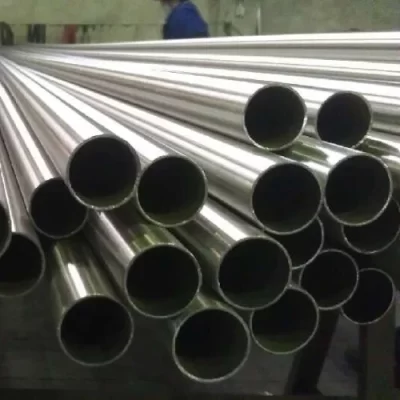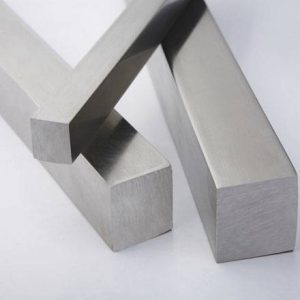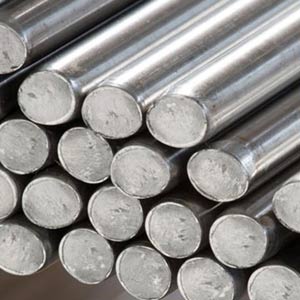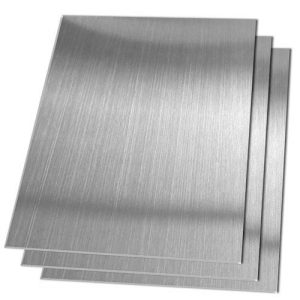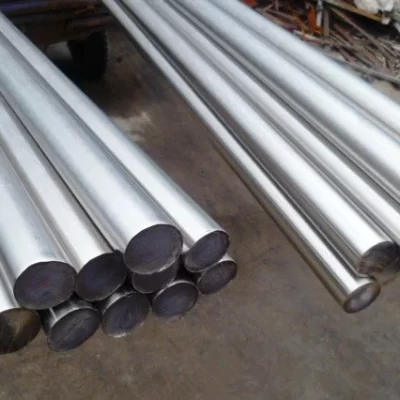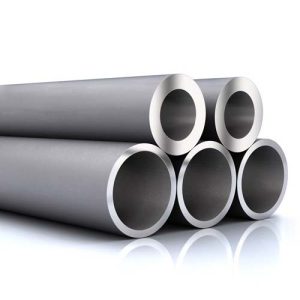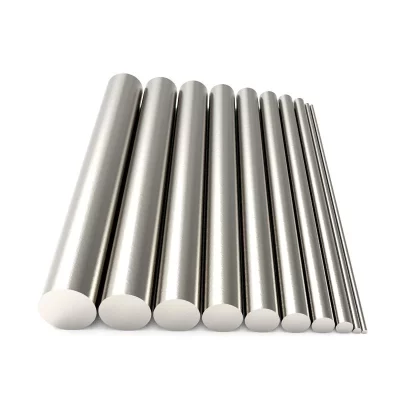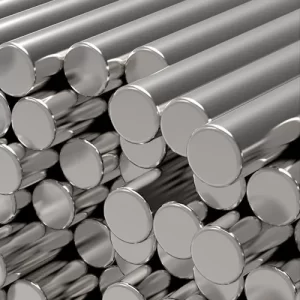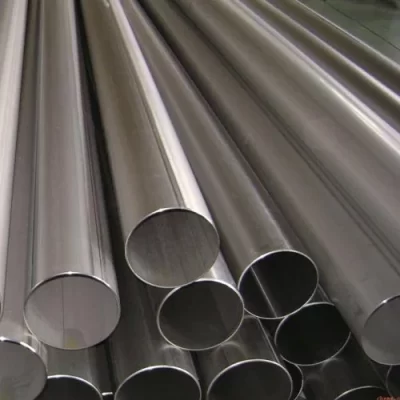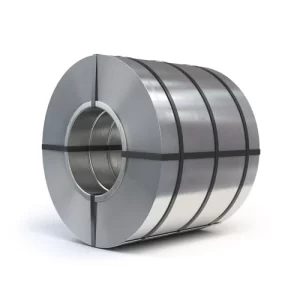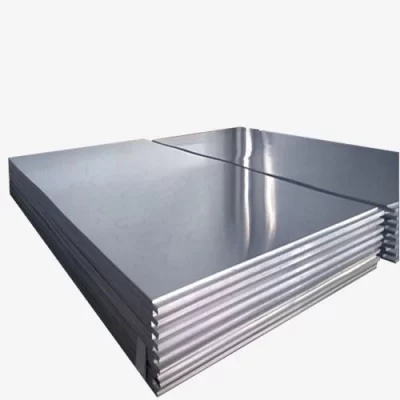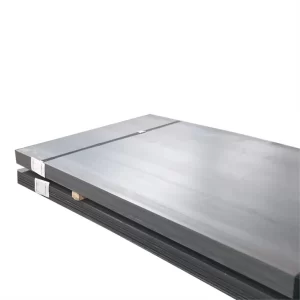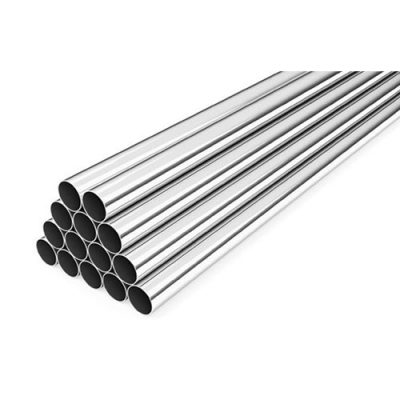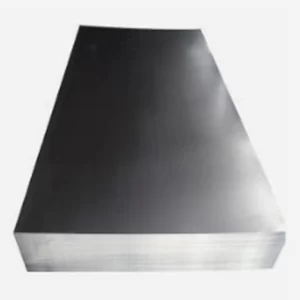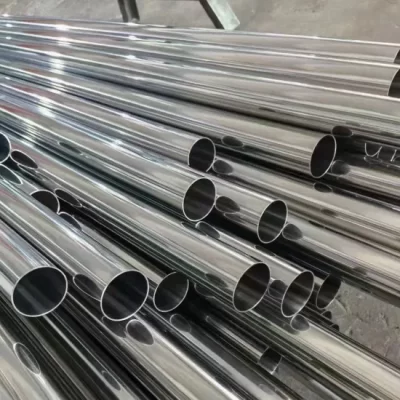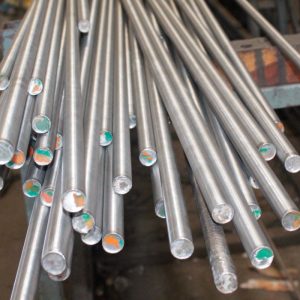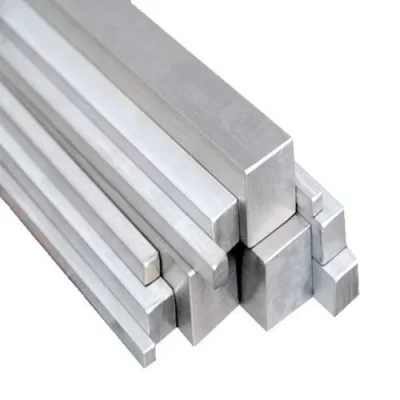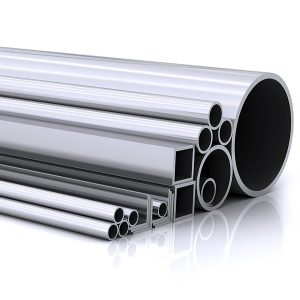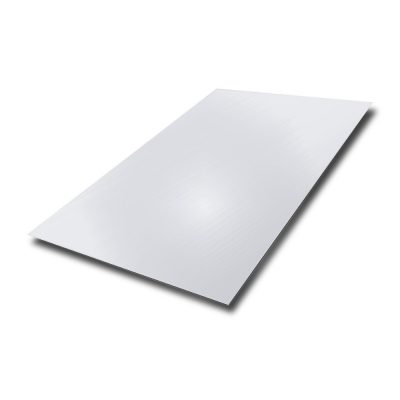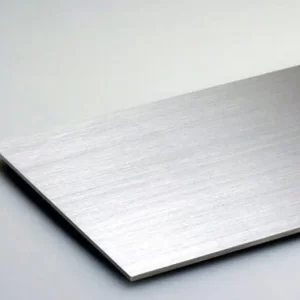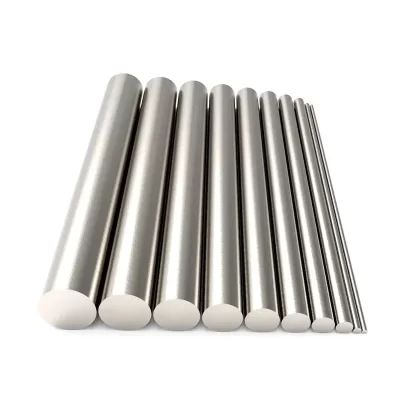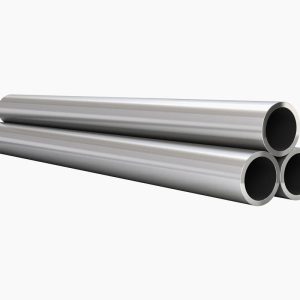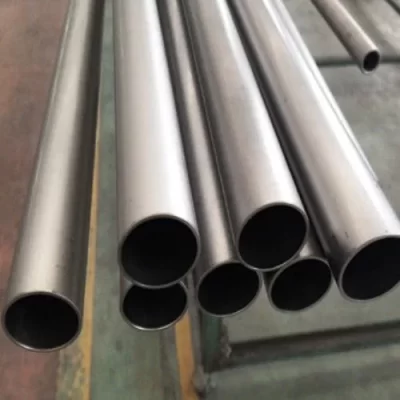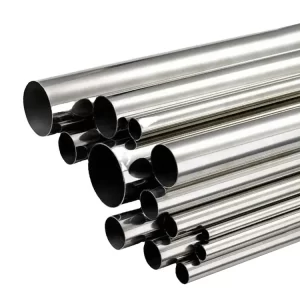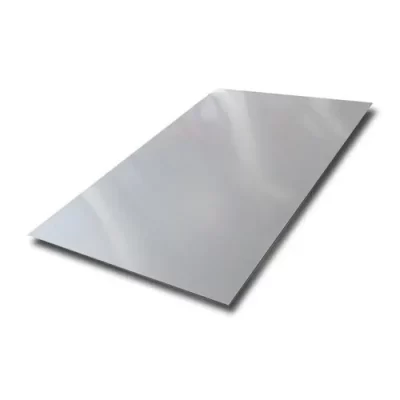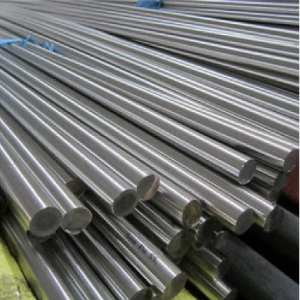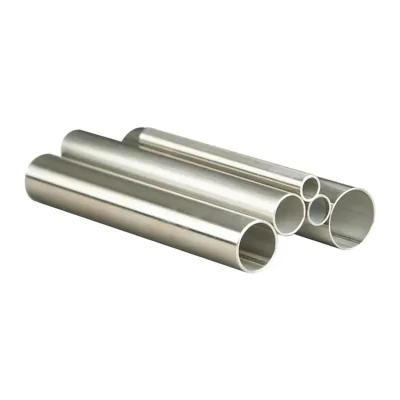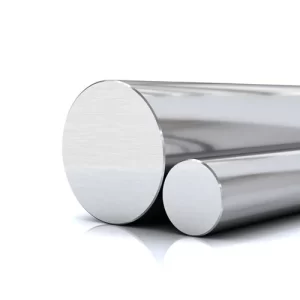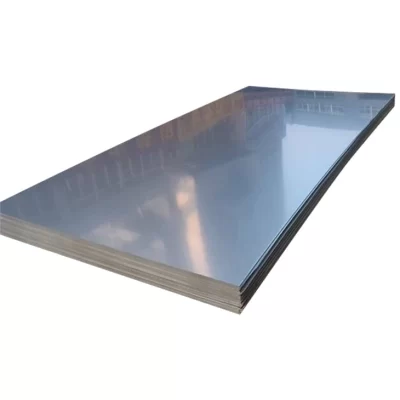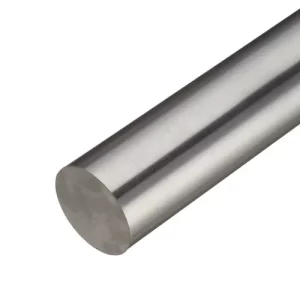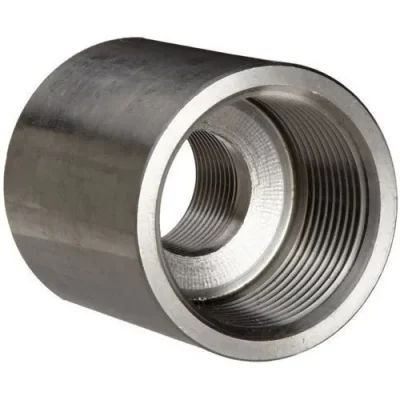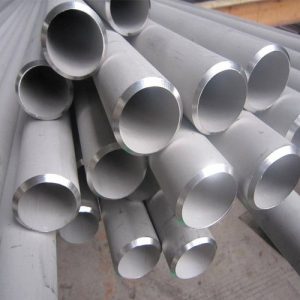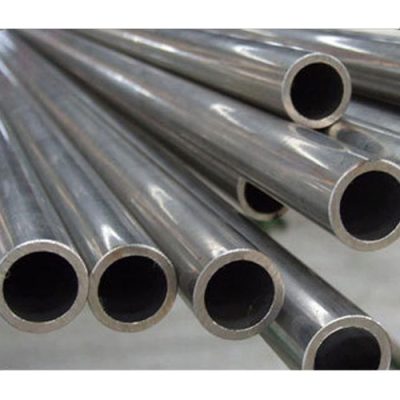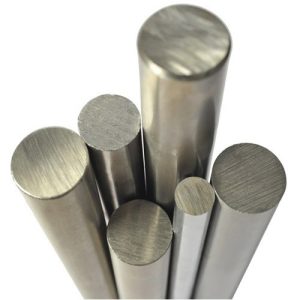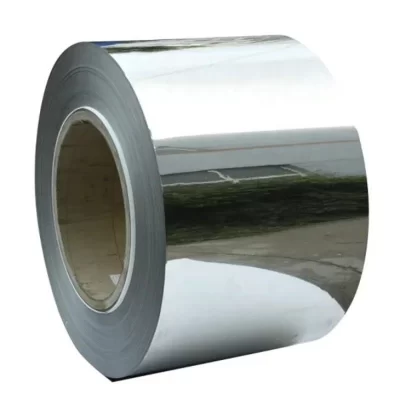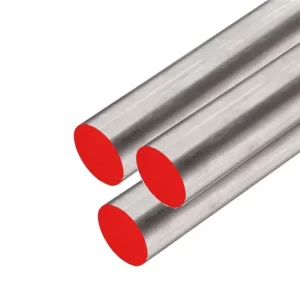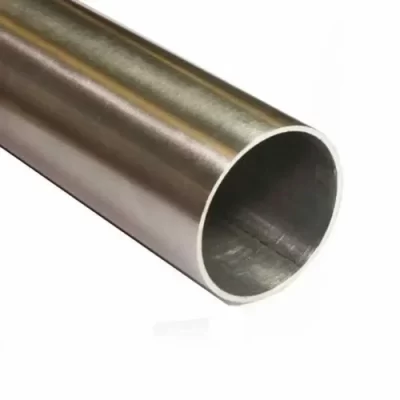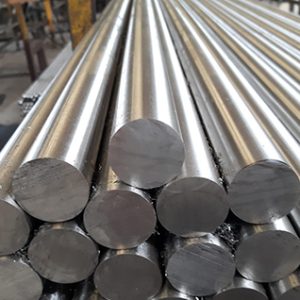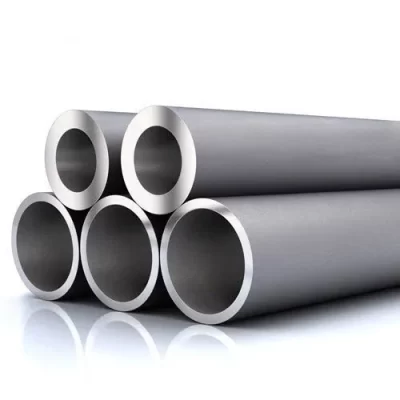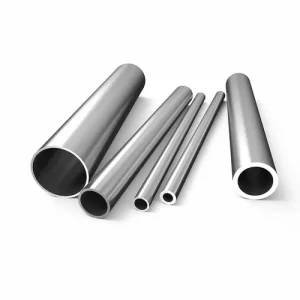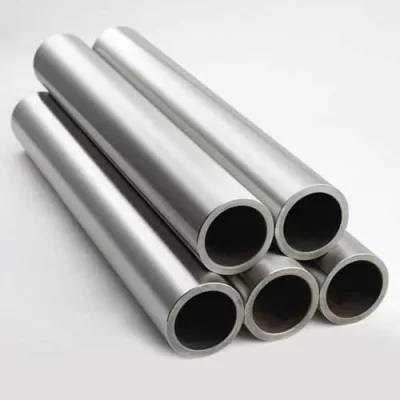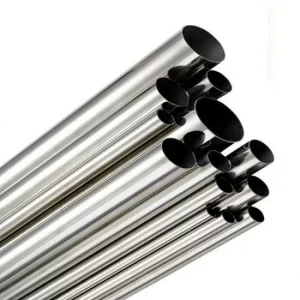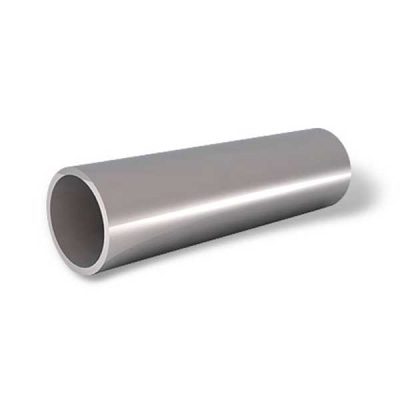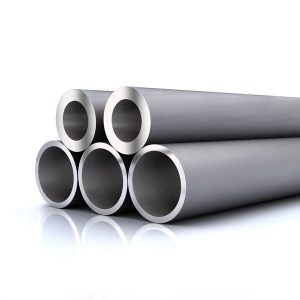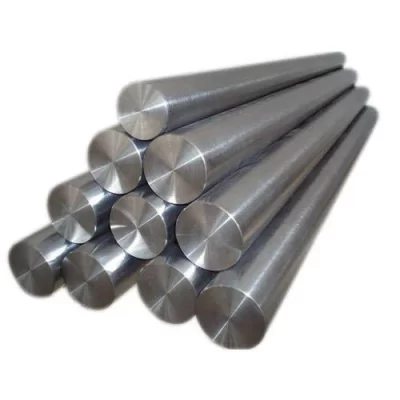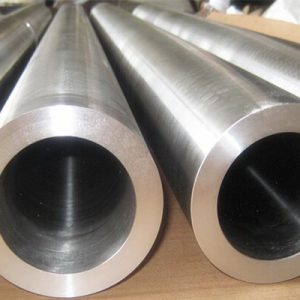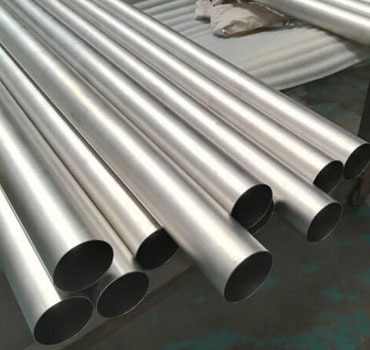
15-5PH / 17-4PH

Incolloy / Inconel

AISI 329 / Alloy 2304 / Zeron 100

The Supremacy of Credibility
Welcome to Vaishnavi Steel
Leading Supplier
Vaishnavi Steel is one of the leading supplier of steel products in India. We supply a huge range of Sheets, Plates, Coils, Pipes, Tubes, Flanges, Buttweld Fittings, Socketweld Fittings, Threaded Forged Fittings, Fasteners, Instrumentation Fittings, Bars, Rods, Wires, Valves in a wide range of materials and grades.
The products we offered are manufactured as per the national & international standards like BS, ASTM, DIN, IS, ANSI, ASME and MSS. Our Stainless Steel products are widely used in chemical, petrochemical, refineries, cement, construction, engineering, papers and many other applications.
-
Stainless Steel 15-5 ph
15-5 PH stainless steel is a martensitic precipitation-hardening stainless steel with approximately 15% Chromium and 5% Nickel. It has high strength, high hardness, and excellent corrosion resistance. Strength can be further increased by a single low temperature heat treatment. Compared to 17-4 PH, it offers better transverse toughness and ductility; better mechanical properties in larger cross-sections, and better forgeability. It is readily weldable. It can be machined in any of the several Thermal Conditions available to this grade.
-
Stainless Steel 17-4 ph
AISI 660 / UNS S17400 / 17-4 PH
Stainless Steel Bars, Stainless Steel 44017-4 stainless steel bar, also known as UNS S17400, 17-4 PH and Grade 630, is one of the original precipitation hardened grades developed in the 50’s. Primarily comprised of 17% chromium, 4% nickel, 4% copper, with the balance being iron. There are also trace amounts of manganese, phosphorus, sulfur, silicon, columbium (or niobium) and tantalum. Stainless Steel 17-4 PH delivers an excellent combination of oxidation and corrosion resistance. Other characteristics include high strength, toughness, and quality mechanical properties at temperatures up to 600° F. Engineers and designers frequently choose Stainless Steel 17-4 PH due to its high strength and superior corrosion resistance when compared to many other stainless steels.
-
Stainless Steel 410
410/420 Stainless Steel Bar UNS S41000/UNS S42000
440b Stainless SteelStainless steel 410/420, also known as UNS S41000 and UNS S42000, is considered a basic martensitic stainless steel. Comprised of 11.5% to 13.5% chromium and iron, along with trace amounts of other elements including carbon, manganese, phosphorus, silicon, and sulfur. After heat treatment, Stainless Steel 410 exhibits high mechanical properties, it is magnetic in both hardened and annealed conditions. Upon specification, Stainless Steel 410 can be delivered in a hardened, yet still machinable state for uses where moderate corrosion resistance and high strength are required. Stainless Steel 410 reaches maximum corrosion resistance when hardened, tempered and polished. It can be welded using most common welding methods, hot worked between 2000° F and 2200° F, as well as, cold formed and annealed. Because of all of these traits it is widely considered the “general purpose grade” of stainless steel.
-
Stainless Steel 416
Grade 416 steel is a free-machining stainless steel with a machinability of 85%, highest of all stainless steels. With most of the free-machining stainless steels, the machinability can be improved by adding sulphur, which leads to the formation of manganese sulphide inclusions. Addition of sulphur also reduces the formability, weldability and corrosion resistance of 416 steels to below that of grade 410. Because of their high machinability and low cost, grade 416 steels are available in highly tempered, hardened or unhardened forms.
-
Stainless Steel 420
410/420 Stainless Steel Bar UNS S41000/UNS S42000
440b Stainless SteelStainless steel 410/420, also known as UNS S41000 and UNS S42000, is considered a basic martensitic stainless steel. Comprised of 11.5% to 13.5% chromium and iron, along with trace amounts of other elements including carbon, manganese, phosphorus, silicon, and sulfur. After heat treatment, Stainless Steel 410 exhibits high mechanical properties, it is magnetic in both hardened and annealed conditions. Upon specification, Stainless Steel 410 can be delivered in a hardened, yet still machinable state for uses where moderate corrosion resistance and high strength are required. Stainless Steel 410 reaches maximum corrosion resistance when hardened, tempered and polished. It can be welded using most common welding methods, hot worked between 2000° F and 2200° F, as well as, cold formed and annealed. Because of all of these traits it is widely considered the “general purpose grade” of stainless steel.
-
Stainless Steel 422
AISI 422 / S42200 / 1.4935 SS 422 Stainless Steel Bar
Stainless Steel Bars, Steel ManufacturersAlloy 422 is a hardenable stainless steel designed for use at temperatures of up to 1200ºF (649ºC). Alloy 422 has good resistance to scaling and oxidation. Through heat treatment, high mechanical properties can be developed. Alloy 422 is used in applications such as compressors or steam turbines and also in aircraft parts, valves, high temperature bolting etc.
-
Stainless Steel 430
Stainless steel grade 430 is a non-hardenable steel containing straight chromium, and belongs to the ferritic group of steels. This steel is known for its good corrosion resistance and formability, coupled with practical mechanical properties. It can be used in certain chemical applications due to its resistance to nitric acid.
-
Stainless Steel 431
AISI 431 / S43100/ 1.4057 SS 431 STAINLESS STEEL BARS
440 Stainless Steel, Stainless Steel 440b Round Bar431 is a high chromium-low nickel high hardenability Martensitic stainless steel with high strength and good corrosion resistance, as generally supplied hardened and tempered in the tensile range 850 – 1000 Mpa (condition T) Brinell range 248 – 302. Characterised by very good corrosion resistance in general atmospheric corrosive environments, good resistance to mild marine and industrial atmospheres, resistant to many organic materials, nitric acid and petroleum products coupled with high tensile and high yield strength plus excellent toughness in the hardened and tempered condition.
431 due to its excellent hardenability is capable of being through hardened up to Rc44, depending upon carbon content and section size. Small sections can be air cooled and larger sections oil quenched for maximum through hardness. Pre hardened and tempered 431 will also respond readily to nitriding achieving a typical surface hardness of over Rc65. The nitriding process however reduces the corrosion resistance and is therefore not generally recommended except for critical applications where the benefit outweighs all other considerations. Used extensively for parts requiring a combination of high tensile strength, good toughness and good corrosion resistant properties.
-
Stainless Steel 446
Stainless steels are known as high-alloy steels. They have excellent corrosion resistance in comparison with other steels as they contain more chromium.
Based on their crystalline structure, stainless steels are divided into three groups, namely, martensitic, austenitic and ferritic steels. A combination of martensitic and ferritic steels forms a fourth group known as precipitation-hardened steels.
-
654SMO® Stainless Steel
654SMO® stainless steel strip is a super austenitic stainless steel strip which contains 23% nickel, 25% chromium and 7% molybdenum.
Its corrosion resistance is equivalent to that of the best nickel-base alloys. 654SMO® is a registered trademark of Outokumpu OYJ.
The nitrogen content of 654SMO® stainless steel is twice as high as 254SMO® grade, and its strength is higher than 904L stainless steel strip.
654SMO® super austenitic stainless steel strip has very good local corrosion resistance.
It has good pitting corrosion resistance and good stress corrosion resistance under the conditions of sea water, aeration, crevices, and low-speed erosion.
-
Austenitic SS 254
Stainless steel grade 254 SMO™ is a very high end austenitic stainless steel. It is designed with a combination of impact toughness resistance to chloride stress corrosion cracking, and pitting and crevice corrosion with strength that is twice that of the stainless steel 300 series.
For certain applications, grade 254 SMO™ has been reported to be a cost-effective substitute for high nickel and titanium alloys. It is known to possess excellent workability as well.
-
Austenitic SS 303
AISI 303 (SUS 303) Grade Stainless Steel
Stainless steel type 1.4305 is popularly known as grade 303 stainless steel. Grade 303 is the most readily machineable of all the austenitic grades of stainless steel. The machineable nature of grade 303 is due to the presence of Sulphur in the steel composition. Whilst the Sulphur improves machining, it also causes a decrease in the corrosion resistance and a slight lowering of the toughness. Alloy 409 is available as round / flat / sheet /hexagonal plate/ square /coil / pipe & fittings. The corrosion resistance of type 303 is lower than that for 304. The toughness is still excellent as with other austenitic grades. Property data given in this document is typical for bar products covered by ASTM A582. ASTM, EN or other standards may cover products sold by Tecni-Cable Ltd. It is reasonable to expect specifications in these standards to be similar but not necessarily identical to those given in this datasheet.
-
Austenitic SS 316
Stainless Steel 316 Is The Standard Molybdenum-bearing Grade, Second In Importance To Ss 304 Amongst The Austenitic Stainless Steels. The Molybdenum Gives Ss 316 Better Overall Corrosion Resistant Properties Than Stainless Steel 304, Particularly Higher Resistance To Pitting And Crevice Corrosion In Chloride Environments. Stainless Steel 316 Has Excellent Forming And Welding Characteristics. It Is Readily Brake Or Roll Formed Into A Variety Of Parts For Applications In The Industrial, Architectural, And Transportation Fields. Ss 316 Also Has Outstanding Welding Characteristics. Post-weld Annealing Is Not Required When Welding Thin Sections.
-
Austenitic SS 317 317L
Stainless steel AISI 317L has as its main characteristic the great addition of molybdenum to its chemical composition, which guarantees an increased resistance to chemical attack when compared with chromium-nicke-molybdenuml austenitic steels of the type AISI 316L. This grade has approximately 1% more chromium, nickel and molybdenum when compared with austenitic steel AISI 316L. Grade AISI 317L offers even better creep deformation characteristics and mechanical resistance to high temperatures when compared with conventional stainless steels. The American denomination “low carbon”, or simply “L”, of grade AISI 317L ensures resistance to sensitization during welding or when thermal processes are applied due to the low carbon in its chemical composition. The combination of molybdenum and nitrogen in the chemical composition of this grade is particularly effective in incresing the resistance to pitting corrosion and crevice, especialy in acid medium with chlorides and sulfur compounds at high temperatures. In addition, nitrogen also contributes to increasing the mechanical strength of the alloy. The main applications of AISI 317L are dedicated to the chemical industry, petroleum and petrochemical industries, industries producing paper and pulp, and as condenseres in power stations using fossile and nuclear fuels. It is intended where it is required to have corrosion resistance to strong organic acids, such as the naphthenic acids found in the petroleum refining.
-
Duplex Stainless Steel 31803
Duplex stainless steel – F51 / S31803 / S32205/ 1.4462
UNS S31803 and UNS S32205 are commonly referred to as Duplex 2205® material, whose “Duplex” name is derived from the mixed micro structure which contains about equal portions of ferrite and austenite. Developed more than 70 years ago in Sweden precisely for the sulfite paper industry where the Duplex’s were used to combat corrosion problems caused by chloride-bearing cooling waters and other aggressive chemical products. Since then there have been advancements in the composition such as the deliberate addition of nitrogen as an alloying agent, which afterwards quickly made Duplex the “workhorse” of stainless steels.
-
Duplex Stainless Steel 329
One of the earliest duplex steel which is reflected in its higher permitted carbon content. Its resistance to pitting (PREN about 32) and to crevice corrosion is below that of super duplex steels, therefore use in seawater is limited. Exposure to moderate and high temperature and less rapid cooling may cause embrittlement. Accordingly, design stress values in ASME II do not extend above 260°C for S32900. Impact values are high at room temperature. However, the proportion and orientation of ferrite in welds and base material may significantly affect toughness at subzero temperatures.
-
Hastelloy B2
Alloy B-2 / UNS N10665 / W.Nr. 2.4617
Alloy B-2 is a solid solution strengthened, nickel-molybdenum alloy typically used in extreme reducing conditions. Alloy B-2 has significantly lower carbon, silicon and iron compared to the predecessor, alloy B (UNS N10001). Compared to alloy B, alloy B-2 is less susceptible to weld zone corrosion in the as-welded condition. Controlling other alloying elements such as iron and chromium resolved potential issues with forming and shaping. Stringent chemistry control in the production of alloy B-2 allows the alloy to be used in the welded condition, and it is less susceptible to stress corrosion cracking under many conditions. Care must be taken in selecting the right alloy for the desired application. Alloy B-2 should not be used at temperatures between 1000°F and 1600°F as the alloy forms secondary phases that could decrease the ductility of the material.
-
Hastelloy C
Hastelloy C is a nickel-molybdenum-chromium superalloy with an addition of tungsten designed to have excellent corrosion resistance in a wide range of severe environments. The high nickel and molybdenum contents make the nickel steel alloy especially resistant to pitting and crevice corrosion in reducing environments while chromium conveys resistance to oxidizing media. The low carbon content minimizes carbide precipitation during welding to maintain corrosion resistance in as-welded structures. This nickel alloy is resistant to the formation of grain boundary precipitates in the weld heat-affected zone, thus making it suitable for most chemical process application in an as welded condition.
-
Hastelloy C-276
Alloy C-276 is a nickel-chromium-molybdenum alloy with universal corrosion resistance unmatched by any other alloy. C-276 is also known as Inconel® C-276 or Hastelloy® C-276 and is an improved wrought version of alloy C in that it usually doesn’t need to be solution heat-treated after welding and has vastly improved fabricability. This alloy is resistant to the formation of grain boundary precipitates, specifically in the weld-heat affected zone. This attribute makes Alloy C-276 suitable for use in the as-welded condition.
Alloy C-276 has excellent resistance to both localized corrosion and oxidizing or reducing media. Because of its versatility, alloy C-276 can be used where corrosive conditions are likely to occur or in multipurpose plants. Alloy C-276’s native corrosion resistant properties extend to a wide variety of chemical process environments, including strong oxidizers such as ferric and cupric chlorides, hot contaminated media (organic and inorganic), chlorine, formic and acetic acids, acetic anhydride, and seawater and brine solutions. It is used in flue gas desulfurization systems because of its excellent resistance to sulfur compounds and chloride ions encountered in most scrubbers. Alloy C-276 has excellent resistance to pitting, stress-corrosion cracking, and oxidizing atmospheres up to 1900 °F (1038 °C). It is also one of the few materials that withstands the corrosive effects of wet chlorine gas, hypochlorite and chlorine dioxide.
-
Hastelloy C22
Hastelloy C is a nickel-molybdenum-chromium superalloy with an addition of tungsten designed to have excellent corrosion resistance in a wide range of severe environments. The high nickel and molybdenum contents make the nickel steel alloy especially resistant to pitting and crevice corrosion in reducing environments while chromium conveys resistance to oxidizing media. The low carbon content minimizes carbide precipitation during welding to maintain corrosion resistance in as-welded structures. This nickel alloy is resistant to the formation of grain boundary precipitates in the weld heat-affected zone, thus making it suitable for most chemical process application in an as welded condition.
-
Hastelloy C4
Hastelloy C is a nickel-molybdenum-chromium superalloy with an addition of tungsten designed to have excellent corrosion resistance in a wide range of severe environments. The high nickel and molybdenum contents make the nickel steel alloy especially resistant to pitting and crevice corrosion in reducing environments while chromium conveys resistance to oxidizing media. The low carbon content minimizes carbide precipitation during welding to maintain corrosion resistance in as-welded structures. This nickel alloy is resistant to the formation of grain boundary precipitates in the weld heat-affected zone, thus making it suitable for most chemical process application in an as welded condition.
OUR CLIENTS
INDIA’S TOP STEEL SUPPLIER
We provide high-quality Flanges, Buttwelded pipe fitting, forged-fitting, pipe, and tubes to one of the largest companies and industries in the world. Due to the Regular Supply product to the companies worldwide, we are the top largest flaangers supplier in India, Mumbai, Kuwait, Qatar, Saudi Arabia, UAE, Oman and more middle east countries.

